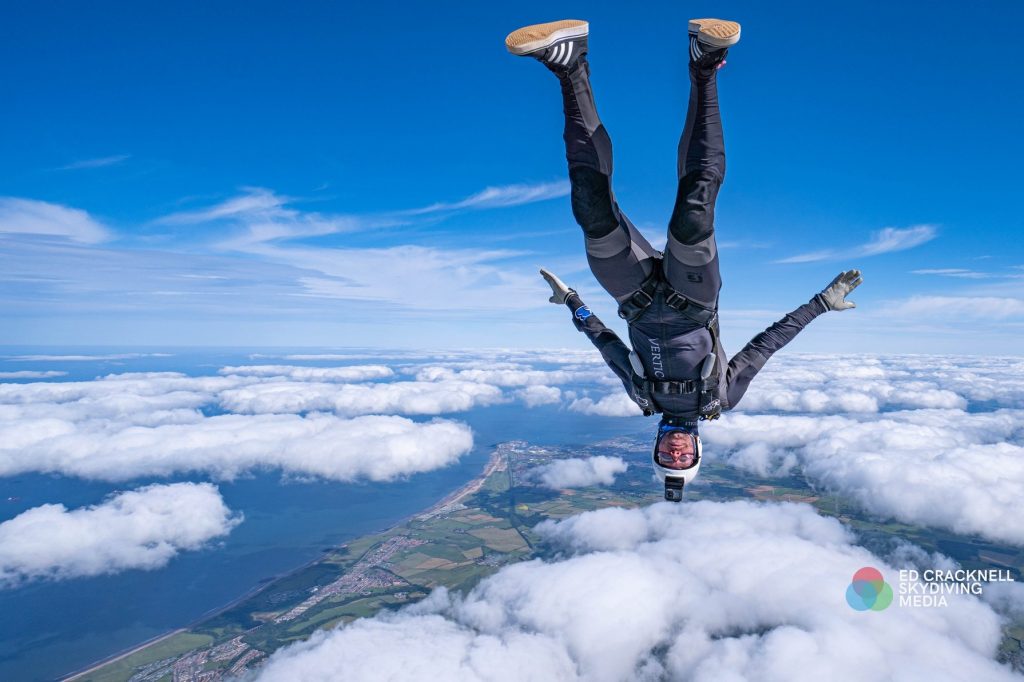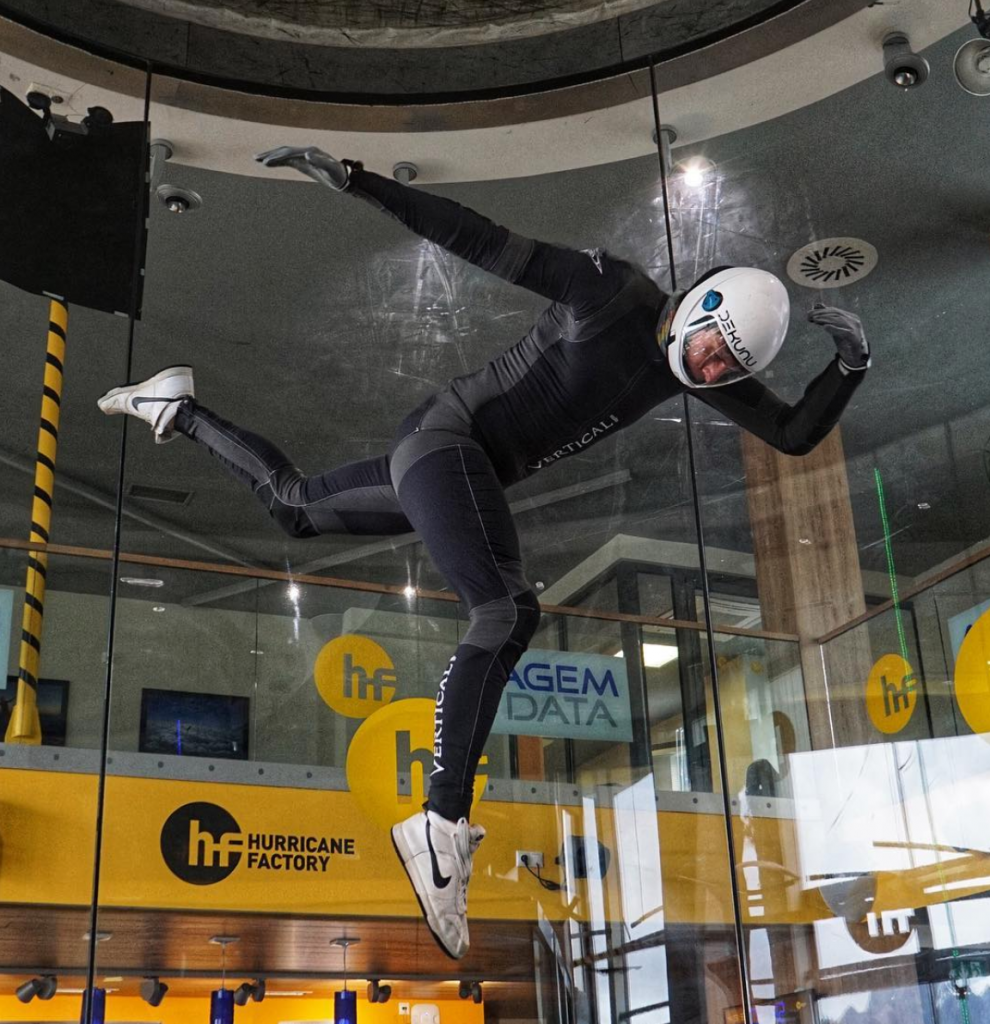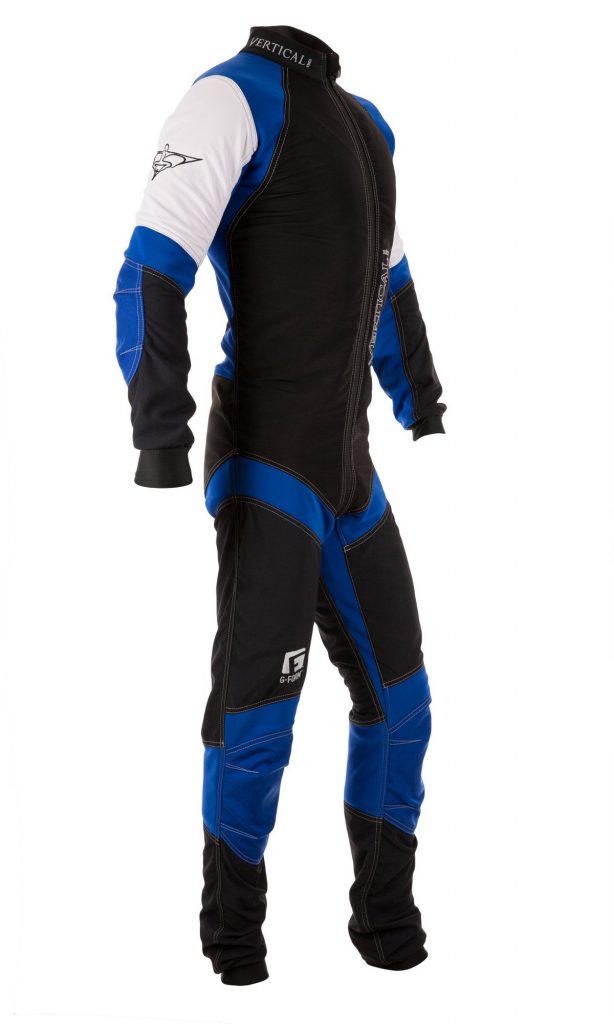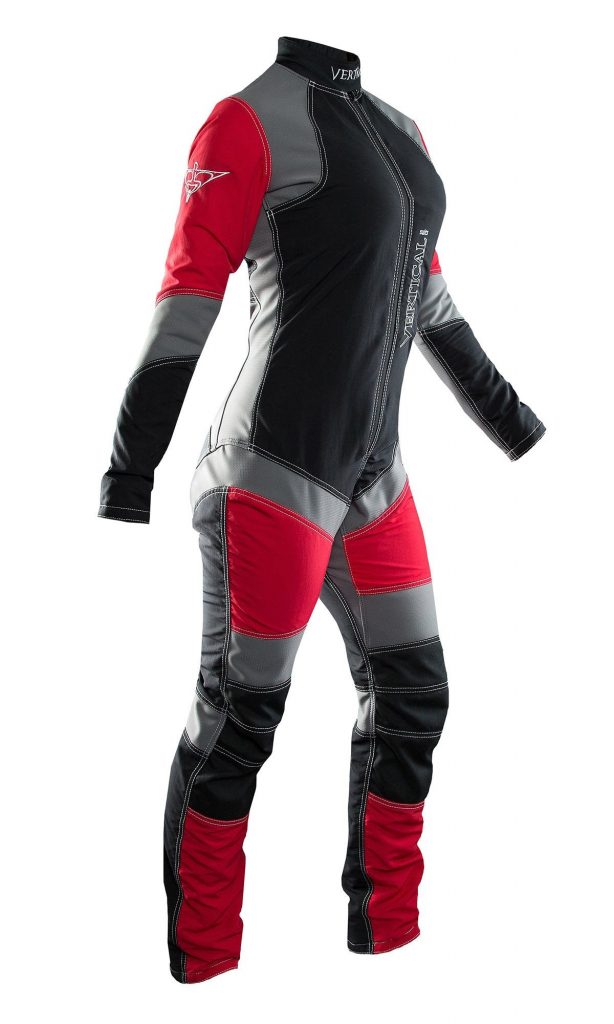What are the Differences Between the Viper Original, Viper Pro and Viper Elite?
You may be wondering why there are several versions of our flagship Viper suit available to buy. This is because they are all slightly different – with each representing a certain balance of qualities to cater to specific needs. Suit design and construction represent trading-off structural and material properties to help what you are trying to achieve. There is no one single suit available that is the all-singing and all-dancing best at everything – which is because skydiving and tunnel flying have particular disciplines and niches that require certain features and specificity – and over time things are only diverging more. However, the goal of creating something that is the best it can be at the most possible things is a legitimate goal to aim for. Flyers and skydivers are generally not looking to own several fancy suits for different uses until a bit further down the road in their career. The Viper is a high-end product constructed using the most advanced techniques and materials to be the best overall jumpsuit with the fewest possible compromises – and represents the high watermark of what a jumpsuit can be.

Scale
Imagine in your brain a scale that goes from skydiving at one end and tunnel flying at the other. Each of the three Viper models is spaced evenly along this line – the original Viper is a third of the way along, closest to skydiving. The Viper Pro right in the centre. The Viper Elite nearest to the tunnel side. The development of the Viper range happened in time with the growth of the indoor skydiving industry and the advancement of bodyflight understanding. The original Viper was released as a technical sky and tunnel suit optimised for balance halfway between the two. As the sharp end of bodyflight training demanded more and more from suit technology to follow it into new territory, the tunnel side of the scale grew out – which created space for more designs to occupy new positions along the scale depending on what you want and need.
Explain
All the Vipers are designed to be used in both environments. An original Viper is perfectly good for tunnel flying and a Viper Elite is a fantastic sky suit. Here are a few specifics about the way they are optimised…
Viper Original: The original Viper leans a little closer to the sky environment. The placement of the spandex panels allows for unrestricted comfort while wearing a parachute, and it comes as standard with reinforced areas used most while skydiving (the cordura bum panel).
Viper Pro: The Pro represents a step towards the considerations of tunnel flying and now occupies the centre ground. You can have the reinforced ass area as a choice, but also the tunnel elbow/knee pads are available as an option. The removal of the full spandex back panel is the primary technical difference – replaced with your suit fabric of choice to provide more power when applying you back to the wind in the tunnel.
Viper Elite: The Elite is as close as can be to a full technical tunnel suit while still retaining elements that cater to wearing a skydiving rig. Spandex is minimized but still there, and the fit is as tight as is right for precision bodyflight. The concessions towards technical flying mean this one does away with the lining and the pocket – necessary for that perfect second-skin feel.
A Note About Fit:
The Original and Pro Viper models are close-fitting technical suits built around the shape of your body – but they remain a step removed from the full second-skin fit of the Viper Elite (and our tunnel specific Phoenix and Speed designs). The stretchy materials we use are as powerful and durable as modern technology allows them to be, but have not yet reached the point where they can replace Taslan or Cordura 160 entirely. The strength and practicality offered by these fabrics mean they hold a valuable place in jumpsuit construction and will continue to do so for various purposes.
The important thing to know here is that the three suits sharing the Viper name will not fit you exactly the same way. The Original and Pro models are precisely made and will hug your body, but (except for the spandex areas) are not stretchy. The Viper Elite uses Cordura Naturalle, which is stretchy enough to allow the fit to be skin tight.

Choices
The best way to get the right Viper for you is by aiming for the model that leans towards the environment you spend the most time in. If you skydive a lot and fly indoors just every now and then, you will benefit more from the placing of the spandex panels and cordura reinforcements of the original Viper. If you are at the tunnel all the time and squeeze some skydives in when it is possible, you will get more from the more technical aspects of the Viper Elite. An even share means you are best served by the Viper Pro. If the way you split your time changes, it doesn’t matter – the Viper platform is for both skydiving and tunnel flying.
The differences between the suits are both small and big all at the same time. The relevance of the specificity grows in line with your evolving knowledge of the tunnel and sky environments. By the time you are ready to invest in different suits for different kinds of flying, you will likely already know and understand what you need and why. The Viper exists in all forms as a broad choice for many things, and a precision tool that can be tailored to exactly what you require.
Check them out on our website: Elite, Pro, Viper Suit



